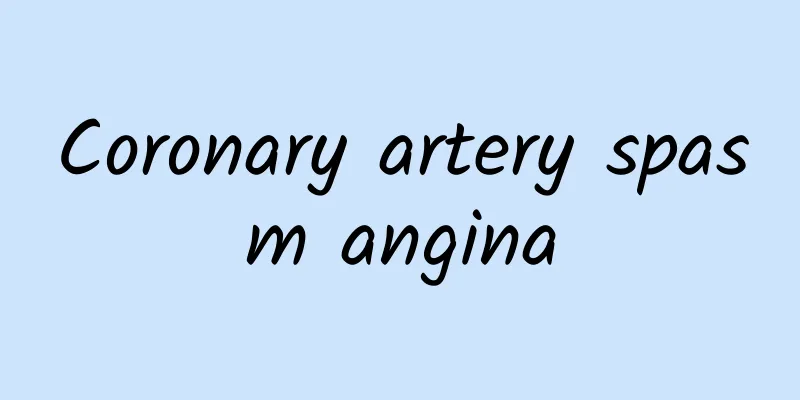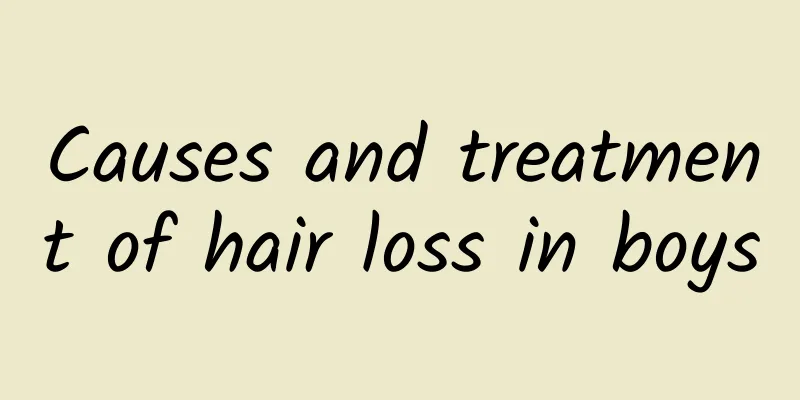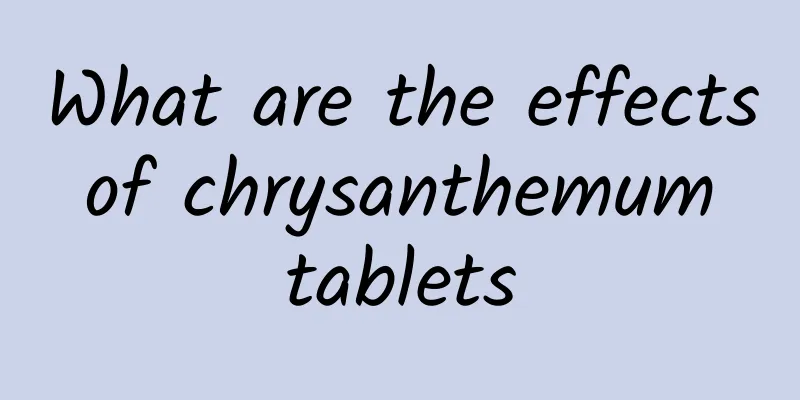Cupping chest tightness

|
On a daily basis, many people use cupping to relieve physical discomfort. Cupping is a traditional Chinese medicine treatment technique. Since it does not require professional skills and theoretical knowledge, many people will seek out friends who are good at cupping to perform it. However, such unprofessional operation can easily lead to physical problems. For example, some friends experienced chest tightness after cupping. In this case, cupping must be stopped immediately. In this case, the possibility of tension shock or heart disease induced by cupping cannot be ruled out. It is recommended that you take Danshen Drops for treatment immediately, and go to the hospital for detailed electrocardiogram and cardiac ultrasound in time to determine the cause, and then receive symptomatic treatment. 6 important points to note when using cupping 1. Do not pull the same spot repeatedly Some people like to repeatedly cupping the same spot when they are sick. However, doing so can easily cause skin damage, redness, swelling, breakage and even bleeding. If you want to increase the effectiveness of the treatment, you can choose to pull it out at multiple locations. 2. Avoid taking a bath after cupping After cupping, some people will take a shower immediately, thinking it is very comfortable. However, this is actually incorrect. Taking a shower right after cupping can easily cause skin breakage and inflammation, especially if you take a cold shower. The skin is in an open state at this time and is prone to colds. It is generally recommended to take a bath 1 to 2 hours after cupping. You should pay attention to keeping warm after cupping, and the temperature of the bath water should be slightly higher. 3. Longer is not always better The longer the cupping time is, the better. Some people even think that cupping will only be effective when blisters appear. These are all wrong perceptions. If cupping is done for too long, blisters will appear, which will damage the skin and make it prone to infection. 4. Do not drink alcohol before and after cupping The main function of cupping is to regulate qi and blood, while drinking alcohol is exactly the opposite of this. When alcohol enters the blood, the vasomotor center, respiratory center and peripheral blood vessels will be paralyzed, methemoglobin will easily form, and blood pressure will also drop to a certain extent. Therefore, it is best not to drink alcohol before and after cupping. 5. Keep warm after cupping After cupping, you should also take measures to keep warm. Because the cold air entering the body will only have the opposite effect and aggravate the condition. 6. People with chronic lung diseases should be careful when using cupping Patients with underlying lung diseases such as chronic obstructive pulmonary disease, tuberculosis, lung abscess, bronchiectasis, etc. are actually not suitable for cupping. When inflammation occurs in the lungs, it is often accompanied by damage to the alveoli or fluid retention in the lungs. At this time, cupping will cause a significant and drastic change in the pressure in the chest cavity. The bullae on the surface of the lungs are prone to rupture and spontaneous pneumothorax is also prone to occur. |
<<: Will washing your face with mugwort water turn it yellow?
>>: Eating sweets and smoking makes my chest uncomfortable
Recommend
What medicine is good for spermatorrhea?
Weak semen is a manifestation of kidney deficienc...
Anti-inflammatory drugs for eating betel nut
Betel nut is a common thing in our lives. For man...
Insufficient thyroid hormone secretion
Diseases are very common in life. There are many ...
What is the Chinese medicine Jiao San Xian?
There are many types of Chinese medicine, and man...
Hyperthyroidism Diet Note
I believe everyone knows that hyperthyroidism is ...
What are the five flavors of Chinese medicine?
Life is about food, oil, salt, sauce, vinegar and...
How to regulate the constitution of upper heat and lower cold, Chinese medicine conditioning method
In the field of traditional Chinese medicine, the...
How many doses of Chinese medicine is considered a course of treatment?
When taking Chinese medicine, you must pay attent...
Precautions for women's hemorrhoids sitz bath
Nine out of ten people have hemorrhoids. Hemorrho...
Does Sanfutie have to be applied on the day of the beginning of the dog days?
Does Sanfutie have to be applied on the first day...
Where should I apply moxibustion for sore throat?
We often encounter the problem of sore throat in ...
What is the best way to treat tooth decay? Four ways to say goodbye to tooth decay
Teeth are an important part of the oral cavity. W...
What should I pay attention to when wearing braces?
Healthy teeth are very important to us. After all...
Is it better to see Chinese medicine or Western medicine for kidney deficiency?
The impact of kidney deficiency on physical healt...
What causes heartburn?
In the north, every household will steam tofu one...









